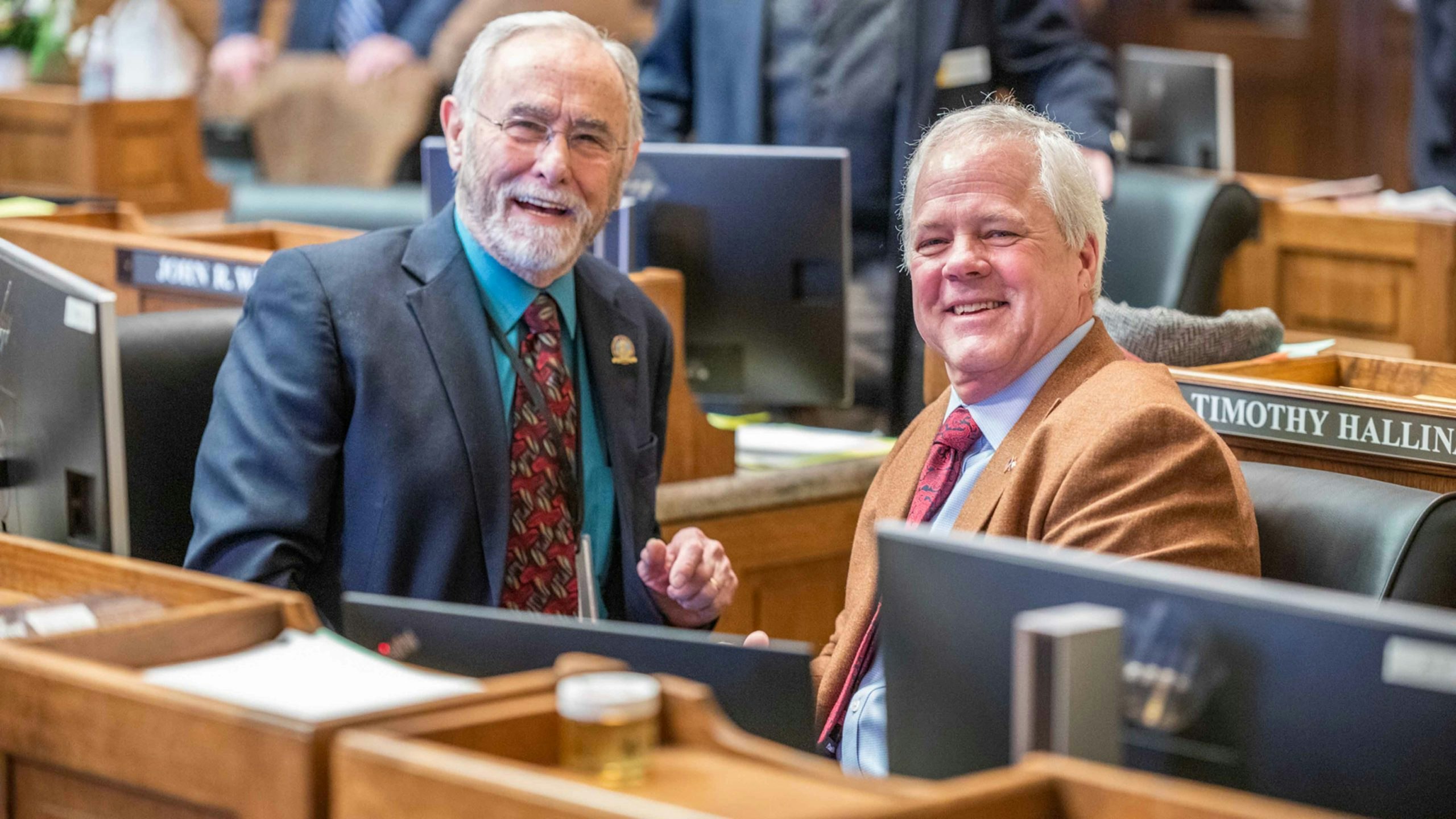The push to get rid of daylight saving time gained another victory last week with Colorado becoming the latest state to join Wyoming on the measure.
Although Colorado’s commitment doesn’t mean Wyoming residents will be able to avoid the dreaded clock change just yet, Rep. Dan Laursen (R-Powell) said it’s still an important step.
“It’s pretty fantastic,” he said.
Colorado Gov. Jared Polis signed the Daylight Saving Time Year Round measure into law with strong support from both legislative chambers. With Polis’ signature, there are now 22 states that want to get rid of the time change between daylight saving and standard time.
Daylight saving time is the period between spring and fall when clocks in most parts of the country are set one hour ahead of standard time. Standard time begins in November for the majority of the U.S. and lasts through March.
Repealing the time change that dates back to 1966 is an effort Laursen spearheaded in Wyoming, crafting four bills before his 2020 bill finally received passage.
Laursen’s bill allows the state to observe daylight saving time full-time if surrounding states did the same thing.
Laursen explained in a phone interview Tuesday that this was a symbolic showing of solidarity against the federal government in the short term, but allows Wyoming to default to mountain daylight saving time immediately if the federal government allows it to do so.
Federal Efforts
In March, by a unanimous voice vote, the U.S. Senate voted to discontinue the practice of changing the clock twice a year and make daylight saving time permanent beginning in 2023. The benefits of getting rid of standard time include longer afternoon daylight in the winter months.
“During the long winter I would rather have the extra hour,” Laursen said. “I would rather be chopping ice in the afternoon daylight.”
The negatives, Laursen said, are mostly limited to darker winter mornings, which could negatively affect the safety and sleep patterns of children. Laursen said those issues could be remedied by having children start one hour later.
The American Academy of Sleep Medicine published a statement in 2020 supporting a fixed year-round time. The organization also argues DST abnormally delays sunlight, which can throw off normal sleep cycles.
Rep. Pramila Jayapal, D-Wash. told The Hill in March that despite supporting doing away with semiannual time change in the past, she has since gotten mixed reactions from her constituents.
“I’ve been hearing a lot about this from my constituents recently because we’re in Seattle and it is so dark,” she told the Hill, “and so if we make daylight saving permanent, it’s gonna be dark until like nine o’clock in the morning.”
More Hurdles
The federal Sunshine Protection Act has two more hurdles to clear before it can become a law. The House must pass the bill and if it did, then it would go on to President Joe Biden’s desk. It is unclear if he supports the measure.
The federal government must enact this law in order for states to have the option to choose if they want to go on permanent daylight saving time or opt to standard time. In Wyoming, this could go into effect immediately with Colorado’s passage. In Colorado however, four other Mountain Time Zone states are needed to enact its passage.
Montana, Wyoming and Utah have all passed permanent daylight saving time measures. Arizona is already on permanent standard time and New Mexico declined to change earlier this year. Similar legislation failed in Idaho in 2019.
More than two-thirds of Americans want to stop the twice-a-year time change, according to a recent poll.





